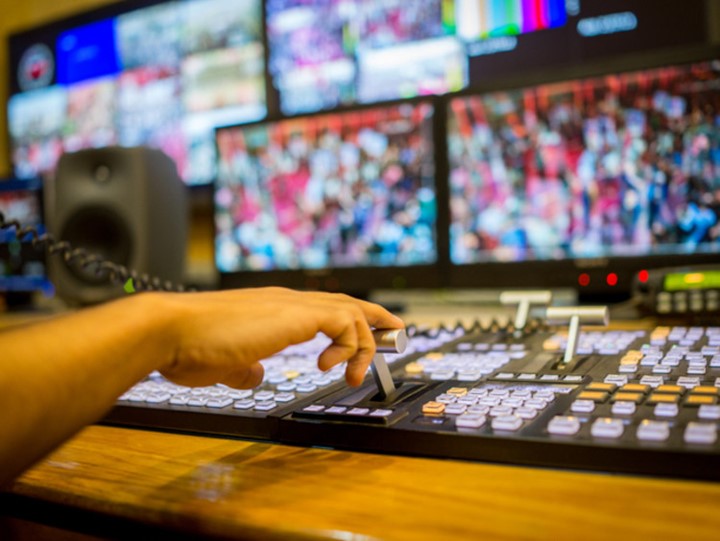Mastering the Craft of Seamless Film Mapping on Arched LED Screens for Breathtaking Visual Audience Experiences
Mastering the Craft of Seamless Film Mapping on Arched LED Screens for Breathtaking Visual Audience Experiences
Blog Article
Film projection is an innovative technique that allows visuals and videos to be displayed onto surfaces, creating breathtaking aesthetic experiences. When it comes to curved areas, mastering this art can be a bit more challenging than casting onto level surfaces. Curved areas can encompass various elements from the facades of buildings to sculptures and even stages. Understanding how to efficiently project footage onto these forms is essential for artists, designers, and event organizers who want to develop immersive settings that enthrall audiences.
The first phase in footage projection on curved areas is to comprehend the shape of the area. Rounded surfaces can be intricate, with different degrees of bend. To achieve a smooth projection, it is vital to create a 3D representation of the area. This model helps in visualizing how the footage will appear when projected. Software tools are available that permit users to develop these representations and simulate the projection. By accurately mapping the dimensions and shapes of the area, designers can ensure that the video matches perfectly without warping.
Once the 3D model is ready, the next step is to prepare the footage material. This involves editing the footage to suit the particular shape and size of the curved surface. It is essential to take into account the perspectives and sightlines from which the viewers will observe the display. The content should be designed to improve the aesthetic experience, making it engaging and pertinent to the concept of the event or setup. Using high-quality graphics and animations can greatly enhance the total impact of the projection.
After preparing the content, the real projection process starts. This involves visite site setting up the devices at the appropriate angles and spaces to ensure that the footage matches with the 3D model. Adjustment is a key part of this process. It may require modifying the luminosity, contrast, and focus of the devices to achieve the optimal results. Additionally, using multiple devices may be necessary to cover bigger or more intricate surfaces. This method, known as seamless projection, helps create a continuous visual across the whole surface.
Finally, testing the display is crucial before the final presentation. This enables designers to make any required modifications to the video and projector configurations. It is also an chance to see how the audience will perceive the display from different perspectives. By confirming that the video projection is flawless, creators can provide a stunning aesthetic encounter that leaves a lasting impression. Perfecting video mapping on rounded surfaces not only enhances artistic expression but also opens up new opportunities for storytelling and viewer interaction in various settings.